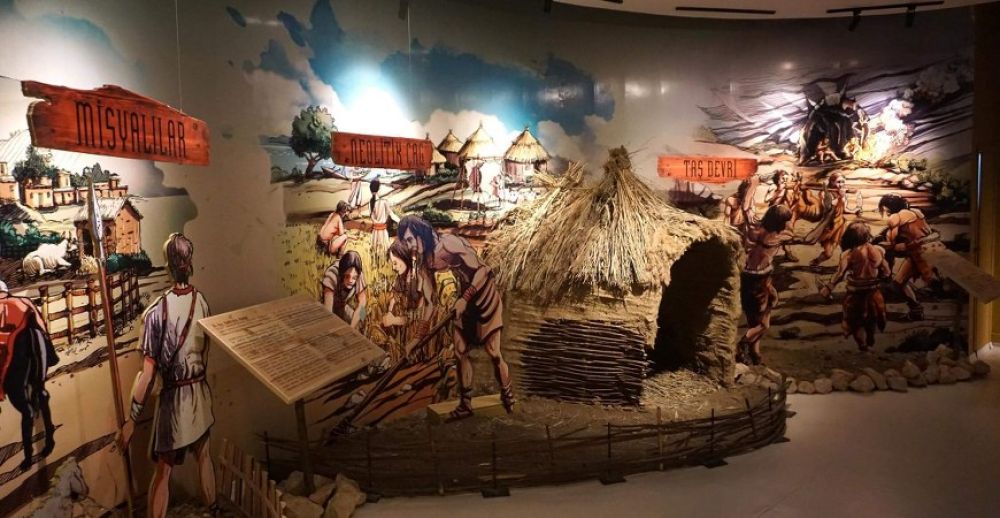

Bursa Archaeological Museum is located in the culturally rich city of Bursa, Turkey, known for its historical significance and as the first major capital of the Ottoman Empire. Established in 1904, the museum is a testament to the region's ancient and diverse history, showcasing artifacts that span prehistoric times to the Byzantine era. It is one of Turkey’s essential cultural institutions and serves as an important destination for travelers interested in the archaeological heritage of the country.
Tourism in Bursa has deep historical roots, with the city's traditional silk market and thermal springs attracting visitors since Byzantine and Ottoman times. The establishment of the Bursa Archaeological Museum furthered Bursa's appeal, drawing curiosity from historians, archaeologists, and culturally oriented tourists eager to discover the region's artifacts and relics.
In the 20th century, following improvements in transportation and the promotion of Turkey's unique cultural heritage, Bursa's tourism industry began to flourish. The archaeological museum played a significant role by providing a platform for the exhibition and interpretation of local history and antiquities, fostering a greater understanding of the city’s evolution over millennia.
Recently, there has been an increasing trend of experiential and educational tourism, with travelers seeking immersive experiences that offer a deep dive into the local history and culture. Tourists to Bursa Archaeological Museum come not only to see the artifacts but also to participate in educational programs and events that bring history to life.
Sustainability has also become a significant focus, with the tourism industry in Bursa and the museum itself taking steps to ensure that their operations and visitor influx do not negatively impact the local environment and historic sites. Efforts are being made to promote responsible tourism that contributes to the preservation and enhancement of Bursa's cultural assets for future generations.
In terms of technology, virtual reality (VR) and augmented reality (AR) experiences are beginning to make their way into the museum's offerings. Such technological additions aim to enrich the visitor experience by allowing a more interactive exploration of Bursa's past, thereby aligning with the contemporary demand for innovative and participatory forms of tourism.
When planning a visit to the Bursa Archaeological Museum, tourists can expect to encounter a wide array of exhibits, including ancient coins, pottery, sarcophagi, and stunning mosaics. The museum's collection provides an impressive overview of the civilizations that once thrived in the region, from the Thracians and Phrygians to the Romans and Ottomans.
Reflective of the prime role that Bursa played in the Ottoman Empire, the museum exhibits also include a remarkable array of Ottoman-era items. The city's deep connections to Islamic and Turkish arts are evident in the intricate designs and craftsmanship of these artifacts.
Overall, visits to the Bursa Archaeological Museum offer a comprehensive and engaging experience for those intrigued by Turkey's extensive historical narrative. It remains a cornerstone of Bursa's tourism and a must-visit location for any cultural and historical aficionado.